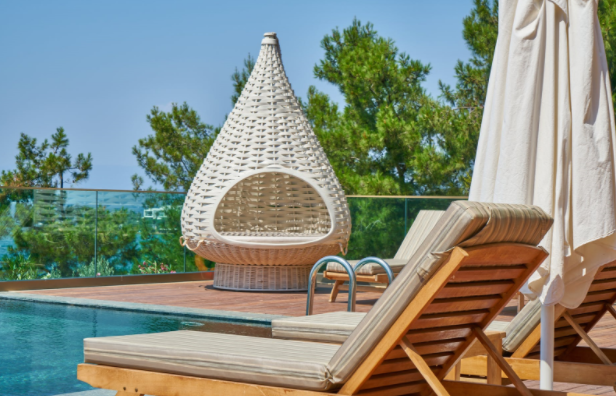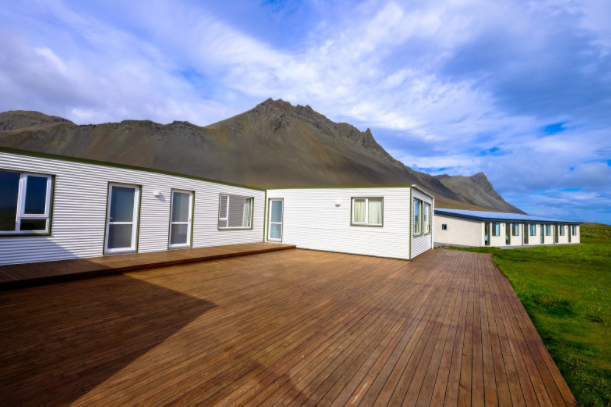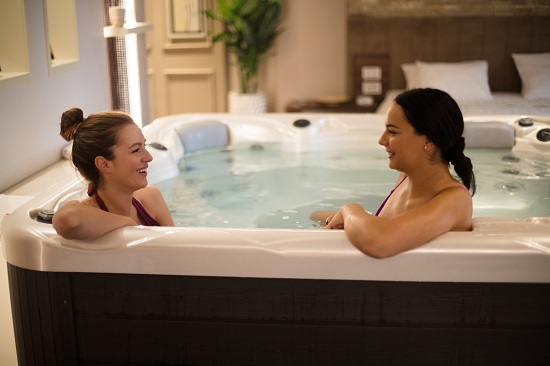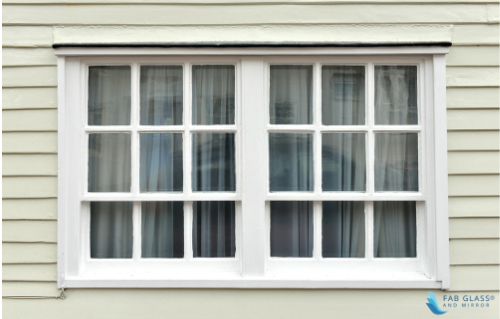Are you thinking of installing an outdoor area or terrace in your home? Before deciding to buy, it is important to understand the options available. From traditional wood to composite decking, there is enough accessibility for a wide variety of products on today’s market. With the advent of sophisticated production technology and innovative design concepts, you may have many options to create the deck of your dreams.
Composite Wood Decks
Alternative covers are man-made products and most variations are environmentally friendly due to the use of recycled materials, their performance, application and maintenance. Modern manufacturers of composite wood decking have made alternative patio products one of the most popular options for homeowners. These products last longer than traditional wooden patios. For many customers, the biggest questions are what materials a composite deck is made of and how long it will last.
Manufacturing Process
The alternative deck boards are made of wood and plastic. Wood particles can be wood chips, sawdust, and pieces of wood fiber. Plastic substances can be new products or recycled plastic parts. Due to the use of reclaimed or recycled materials in the manufacturing process, alternative wood decking is considered green building products.
The two most popular varieties of alternative covers are exposed and covered. Extrusion is an important process in the manufacture of composite covers. This is defined as a molding process that helps mix raw materials which are then pushed through a hole to create a product that maintains a relatively consistent shape and size. The opening is the size and shape of the deck board and the process is intended to solidify the desired shape and size.
Compression molding is another advanced manufacturing process in which the combined molten substances are drawn into a wood grain to be compressed under extreme heat and pressure to create a physical bond. Alternative deck boards are heavier than traditional wooden boards that are not used as building materials. Alternative deck boards are heavier than traditional wooden boards that are not used as building materials.
During their manufacture, the bare compounds are treated with antioxidants and mold inhibitors to prevent mold growth and prevent the plate from degrading. Covered decks surround the composite core and create an inorganic surface that does not support mold growth and prevents the best features of composite wood properties.
It is important to note that most covered roof systems are stain resistant. However, if a stain appears, it should be removed as soon as possible. Stains can be cleaned with soap and water or with a household cleaner. The best way to maintain your deck is to hose it down when necessary and sweep it occasionally. To keep it looking good for years and to clean it properly, simply scrub the composite deck with soap and water once or twice a year. Find a reputable manufacturer for the best composite deck options.
Composite roofing materials can vary widely depending on solid and multi-color options and offer excellent aesthetic options for homeowners looking for a unique and individual roof design.












